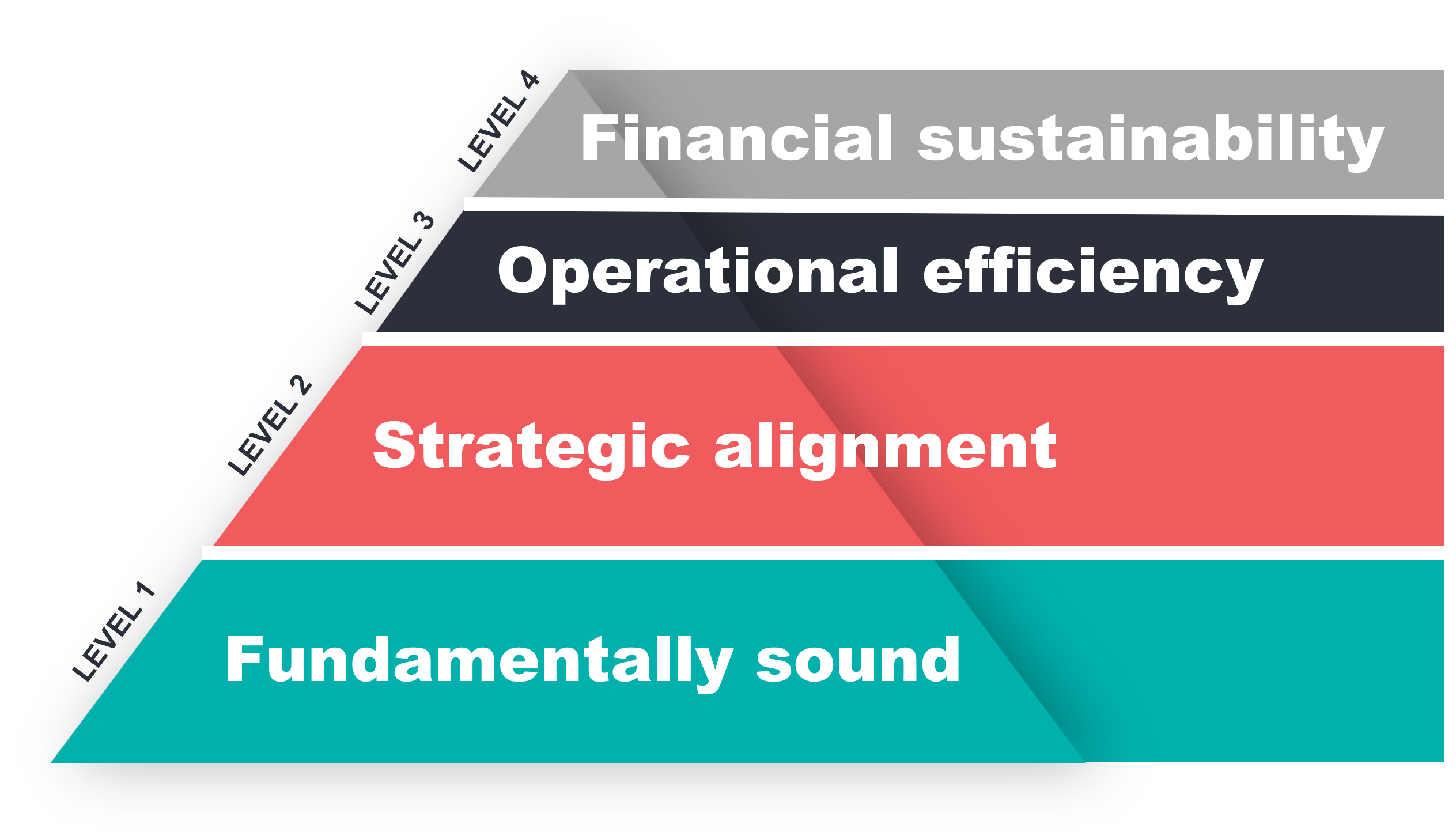In my years working with Minnesota school districts, I’ve seen how contract negotiations can shape not only the budget, but the entire direction of a district. Last spring, I met with a negotiating team from a Greater Minnesota district grappling with declining enrollment and rising healthcare costs. The superintendent leaned in and said, “Every dollar we negotiate is a dollar that impacts our classrooms.”
With state funding in flux and enrollment trends shifting, here are eight strategies for approaching negotiations with clear data, local context and a focus on student needs.
Begin with a robust costing module which ensures consistency in full-time equivalent (FTE) calculations across all years. The module should focus on costing the contract (not setting the budget) and include all relevant components: salary schedules, longevity pay, cocurricular salaries, employee benefits and step/lane changes. Accurate data preparation—verifying base year FTEs, compiling benefits and calculating actual costs—is the foundation for meaningful negotiations.
Use financial forecasting tools to project the district’s fiscal health over multiple years. Cash flow analysis and fiscal assessment reports help administrators anticipate the impact of negotiated changes on reserves and operational capacity. For example, projecting cash balances and analyzing various reserve levels (e.g., 5%, 15%, 30%) can inform decision-making and risk management.
Enrollment projections, based on historical trends and average daily membership (ADM), are vital for revenue planning. Pair these with cost-per-student analyses using the Minnesota Department of Education’s (MDE) Uniform Financial Accounting and Reporting Standards (UFARS) research files to benchmark expenditures and identify areas for efficiency. Comparing your district’s data with similar-sized and neighboring districts provides context for staffing ratios, salary structures, and program costs. Districts also often rely on tools like Minnesota Automated Reporting Student System (MARSS) and MDE enrollment reports to refine projections.
For example, a district in the southern portion of the state used five years of ADM data to anticipate a 3% annual decline, which directly influenced staffing and program decisions.
A thorough staffing analysis—both historical and comparative—enables districts to assess resource allocation and identify opportunities for realignment. Review five-year staffing trends and compare with peer districts to understand differences in operating referendums, compensatory revenue and staff-per-student ratios. These insights support informed negotiations and strategic planning.
As one district’s business manager noted, “When we compared our staffing ratios to similar districts, we realized we were overstaffed in support roles by nearly 15%. That insight helped us redirect resources to student-facing programs.”
The Government Finance Officers Association (GFOA) emphasizes the importance of measuring the impact of district initiatives and encourages administrators to:
- Maximize student outcomes
- Spend dollars effectively and efficiently
- Track investments to identify what works
This requires setting instructional priorities, applying cost analysis and developing a strategic financial plan that aligns with district goals. Regular evaluation and adjustment ensure that resources are directed toward programs with the greatest impact.
Establish processes to evaluate programs, track costs and outcomes, and reassess priorities regularly. Sustainability depends on the district’s capacity to monitor and adapt, ensuring that financial decisions remain aligned with long-term goals. Continuous improvement involves updating instructional priorities, projecting revenues and expenses, and exploring realignment opportunities.
Develop a comprehensive list of ideas for new revenue streams and cost savings. Review funding sources, staffing realignment, class size analysis and program prioritization. Historical comparisons and staff-per-student ratios can reveal opportunities for budget improvements. Always generate a reduction list longer than the target to allow for effective prioritization.
Strategic alignment, operational efficiency and financial sustainability form the backbone of effective stewardship. Monthly cash flow reviews, enrollment projections, internal controls and legislative impact assessments are all part of a comprehensive approach. Continuous review and improvement are essential—an organization is only as strong as its weakest link.

The financial stewardship pyramid was developed through collaboration with several Minnesota districts and workshops offered by the Minnesota Association of School Business Officials (MASBO). It serves as a visual guide for aligning financial practices with educational goals. Districts have used it to evaluate their monthly cash flow and prioritize spending based on student impact.



